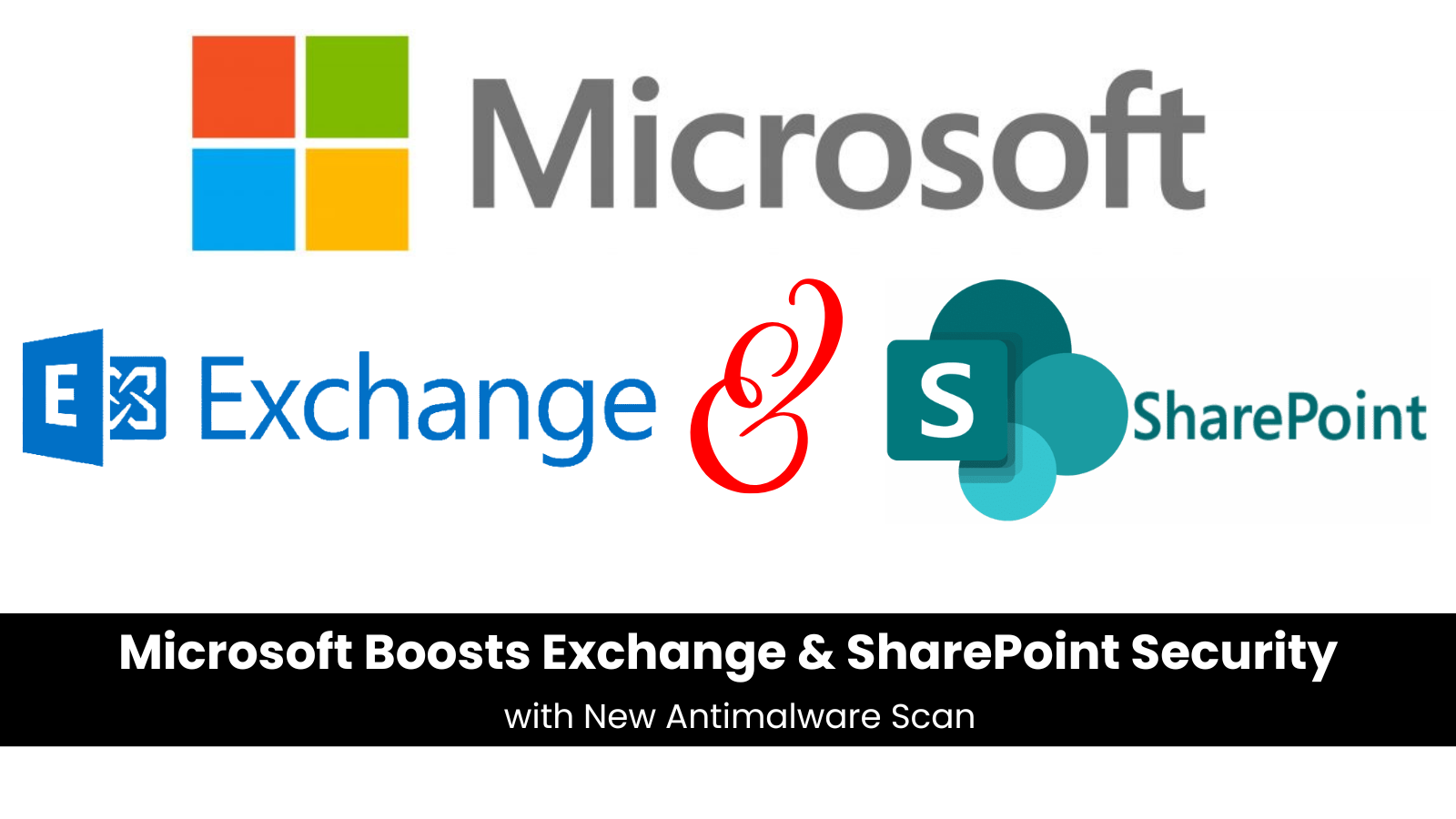In a significant move to enhance the security of its enterprise solutions, Microsoft has integrated the Windows Antimalware Scan Interface (AMSI) into both Exchange Server and SharePoint Server. This integration aims to provide robust protection against a variety of cyber threats, particularly those targeting these critical business systems.
The Significance of AMSI Integration
Exchange Server and SharePoint Server are central to many organizations’ operations, making them attractive targets for cyber attackers. The integration of AMSI introduces a proactive defense mechanism that intercepts and neutralizes malicious web requests before they can exploit vulnerabilities within these servers.
Microsoft emphasizes the importance of this integration, especially in scenarios involving zero-day vulnerabilities. With AMSI in place, malicious attempts are detected and blocked in real-time, providing a critical defense layer while organizations work on deploying official patches and updates.
Technical Implementation Details
The AMSI integration functions as a security filter module within the Internet Information Services (IIS) pipeline. For SharePoint Server, this is achieved through the SPRequesterFilteringModule, while Exchange Server utilizes the HttpRequestFilteringModule. This architectural design allows for the inspection of incoming HTTP requests at the onBeginRequest stage, prior to authentication and authorization processes.
When a malicious activity is detected, the system responds with an HTTP 400 Bad Request status, effectively terminating the attack attempt before it can proceed.
Enhanced Scanning Capabilities
Recent advancements have significantly expanded AMSI’s protective capabilities. Initially, the system focused on scanning request headers. However, newer versions now inspect the entire request body, enabling the detection of sophisticated attacks embedded within the payload content.
Microsoft advises organizations to assess and enable these enhanced security controls, as they are not activated by default.
Protection Against Multiple Attack Vectors
The AMSI integration offers defense against a range of attack methodologies, including:
– Server-Side Request Forgery (SSRF) Exploits: Such as CVE-2023-29357 and CVE-2022-41040.
– Web Shell Deployments: Including stealthy modifications like appending malicious code to legitimate files (e.g., signout.aspx).
– Exchange Web Services (EWS) Abuse: Through suspicious SOAP operations.
– Insecure Deserialization Attacks: Targeting PowerShell application pools.
– Web Control Abuse: Exploiting vulnerabilities like CVE-2024-38094.
For instance, AMSI has been effective in identifying suspicious PowerShell activities, aiding security teams in detecting potential malicious processes executed by the IIS worker process.
Implementation Recommendations
To leverage the full benefits of AMSI integration, Microsoft recommends the following steps:
– Update Systems: Ensure that SharePoint Server is updated to Subscription Edition Version 25H1 and Exchange Server to the November 2024 Security Update to enable body scanning capabilities.
– Apply Latest Security Updates: Regularly update systems to remediate known vulnerabilities.
– Enable AMSI Protection: Activate AMSI features to provide real-time protection against emerging threats.
By implementing these measures, organizations can significantly enhance the security posture of their Exchange and SharePoint Servers, safeguarding critical business operations against evolving cyber threats.



